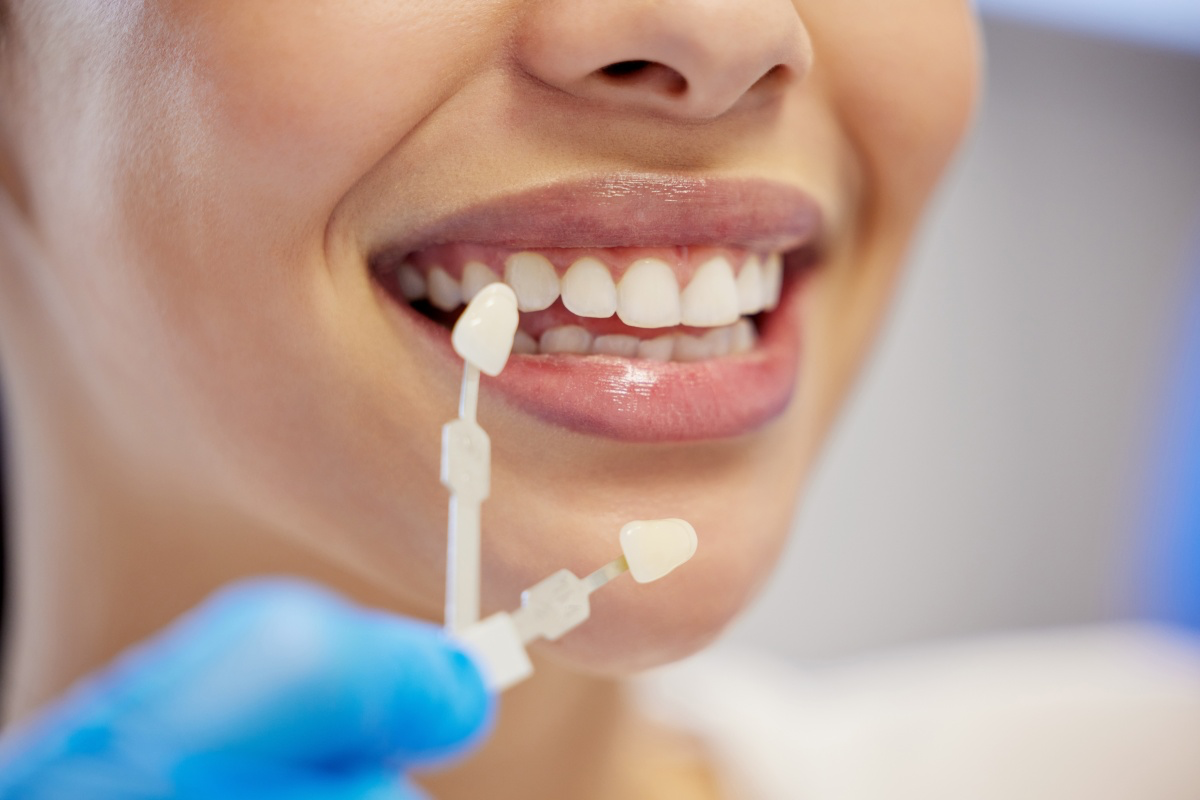Zirconia crowns have become increasingly popular in restorative dentistry, offering a perfect combination of durability and aesthetics. These crowns are made from zirconium dioxide, a strong and biocompatible material that is ideal for creating natural-looking dental restorations. This article will explore the benefits of zirconia crowns, the process involved in getting them, and why they are an excellent choice for many patients.


What Are Zirconia Crowns?
Zirconia crowns are dental restorations made from zirconium dioxide, a type of ceramic that is known for its exceptional strength and resistance to wear. Unlike traditional porcelain crowns, which can be prone to chipping and cracking, zirconia crowns are highly durable and can withstand the forces of chewing and grinding. They are also metal-free, making them an excellent option for patients with metal allergies or sensitivities.
Benefits of Zirconia Crowns
There are several key benefits to choosing zirconia crowns for your dental restoration:
- Durability: Zirconia is one of the strongest materials used in dentistry, making zirconia crowns highly resistant to fractures and damage. They are ideal for both front and back teeth, where strength is crucial.
- Aesthetics: Zirconia crowns are designed to mimic the natural appearance of teeth. They can be custom-colored to match the shade of your surrounding teeth, ensuring a seamless and natural look.
- Biosafety: Zirconia is biocompatible, meaning it is not likely to cause an allergic reaction or irritate the surrounding tissues. This makes zirconia crowns a safe option for patients with sensitivities to other materials.
- Longevity: With proper care, zirconia crowns can last many years, providing a long-term solution for damaged or decayed teeth.
The Zirconia Crown Procedure

The process of getting a zirconia crown typically involves a few key steps:
- Initial Consultation: Your dentist will assess the affected tooth and determine whether a zirconia crown is the best option for your needs. This may involve taking X-rays or digital scans to evaluate the tooth's structure.
- Tooth Preparation: The tooth will be reshaped to accommodate the crown. This involves removing a small amount of enamel to ensure the crown fits properly and comfortably over the tooth.
- Impression Taking: An impression or digital scan of the prepared tooth is taken, which is used to create a custom-fit crown. This impression is sent to a dental lab, where the zirconia crown is fabricated.
- Temporary Crown: While the permanent crown is being made, a temporary crown may be placed to protect the prepared tooth.
- Crown Placement: Once the zirconia crown is ready, it is carefully fitted and adjusted for comfort and aesthetics. The crown is then bonded to the tooth with dental cement, completing the restoration.
Why Choose Zirconia Crowns?
Zirconia crowns are an excellent choice for patients who want a durable, long-lasting, and aesthetically pleasing dental restoration. They offer a natural appearance, are highly resistant to damage, and are safe for use in patients with metal sensitivities. Whether you need to restore a single tooth or multiple teeth, zirconia crowns provide a reliable and effective solution.
Conclusion
Zirconia crowns represent a significant advancement in dental restorations, combining strength, aesthetics, and biocompatibility. If you are considering a crown for your tooth, zirconia may be the ideal option for achieving a beautiful and durable result. Consult with your dentist to determine if zirconia crowns are the right choice for your dental needs.
